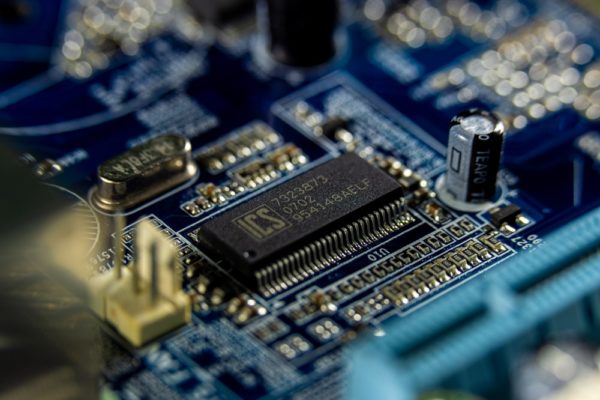It’s part of the Commerce-housed Economic Development Administration (EDA) program Regional Technology and Innovation Hubs, aka tech hubs.
The federal economic development initiative aims to support regions identified as tech hubs — where existing public and private R&D and technology capacities make them good spots for the creation of equitable jobs in the tech industry at all skill levels.
To shape the program, the EDA wants the public to help identify the qualities of regions in the US that would directly benefit from the CHIPS and Science Act of 2022, the $280 billion legislation that committed federal support for semiconductor manufacturers to operate domestically, as well as for research and development of robotics and artificial intelligence.
Regions that may be promising tech hubs include those with a large number of university technology researchers, STEM startups that work with semiconductors, nonprofit workforce training programs that do or could offer semiconductor manufacturing training, and chip manufacturer suppliers.
“It’s critically important to ensure that industries of the future start, grow and remain in the U.S.,” Assistant Secretary of Commerce for Economic Development Alejandra Y. Castillo said in a press release. “Tech Hubs will be another critical tool in EDA’s economic development toolkit that will enable EDA to expand its portfolio of simultaneous interconnected investments that exponentially accelerate long-term regional growth. We look forward to hearing from stakeholders on the ground and in communities about how we can best design this program to maximize the taxpayers’ investment in our nation’s future.”
(What else does the EDA fund? In the past few years, one prominent example is the Build Back Better Regional Challenge, through which a consortium of Pittsburgh orgs were awarded nearly $63 million for robotics and workforce development projects.)
While the term “tech hub” may make you think of Silicon Valley, what the EDA is looking for is different — more inclusive and accessible, but also, potentially less focused on tech startups and more focused on tech manufacturing, a part of the industry that is currently primarily located in East Asia. These new tech hubs will create jobs that include factory jobs making semiconductors, such as the electrical circuit “wafers” you see when you open up a computer — something that is currently rare in the US.
One of the main things the CHIPS and Science Act is a tax credit through 2026 for semiconductor equipment or manufacturing facility investment.
Since most regions offer some kind of potential as an EDA tech hub, it’s in the public’s court to help come up with the characteristics a tech hub should have, in order to help identify regions that are a good fit for this particular program.
At this point, though, they’re not specifically asking you to name the region (although they do welcome all kinds of suggestions). The EDA has put together a 22-point list of questions in four categories: Tech Hubs Characteristics, Tech Hubs Program Design, Funding and Support, and Tech Hubs Program Administration. This list is a guide, and you don’t have to answer any or every question, but if you’re interested in participating in the process, it’s not a bad idea to read over the EDA’s specific requests for information.
Some of the specific requests include:
- What are the defining features of a region that indicate that a tech hub will take hold, and how will the EDA know if tech hubs succeed?
- Are there specific workforce and labor development, business and entrepreneurial development, technology development and maturation, or infrastructure activities that EDA should emphasize through the program?
- What are some of the most innovative approaches to ensuring the growth of globally competitive industries occurs in an inclusive and equitable manner?
- What should EDA consider when building this program, including but not limited to alignment with other federal programs?
Email your feedback to techhubs@eda.gov with “Tech Hubs RFI” in the subject line by 5 p.m. on March 16.
Before you go...
Please consider supporting Technical.ly to keep our independent journalism strong. Unlike most business-focused media outlets, we don’t have a paywall. Instead, we count on your personal and organizational support.
Join our growing Slack community
Join 5,000 tech professionals and entrepreneurs in our community Slack today!





